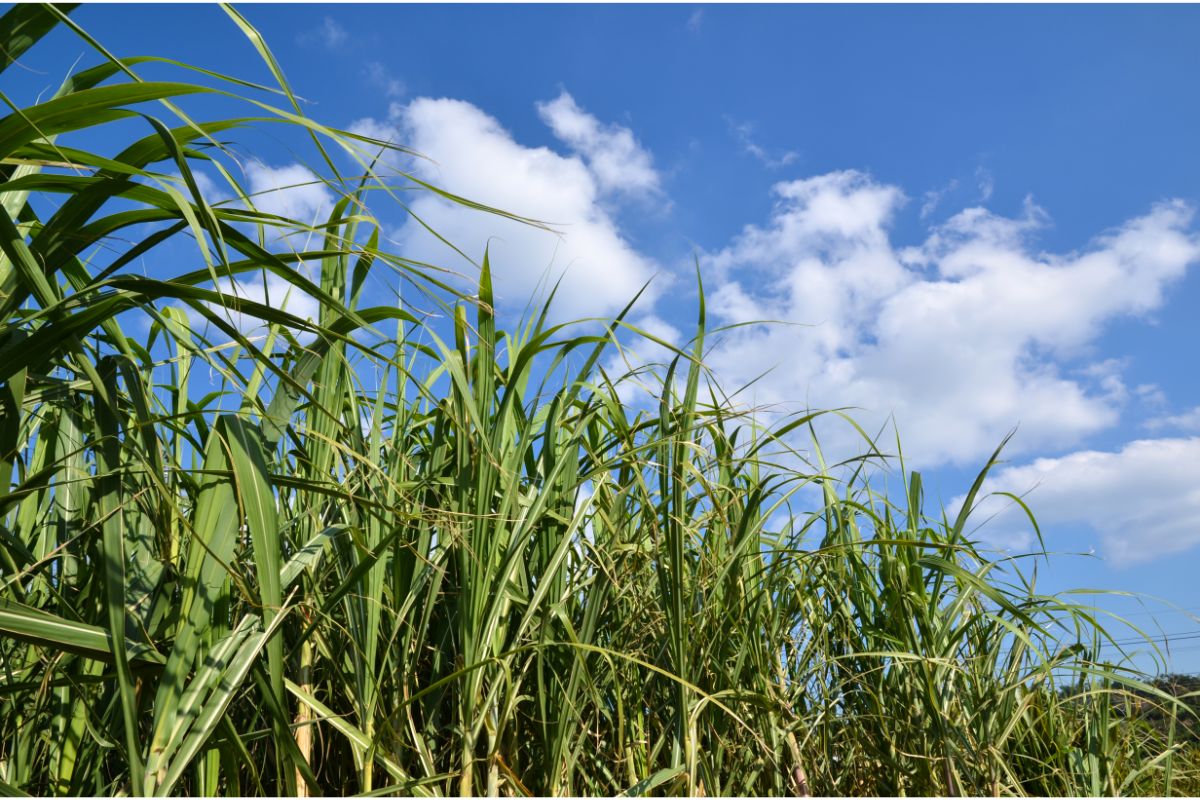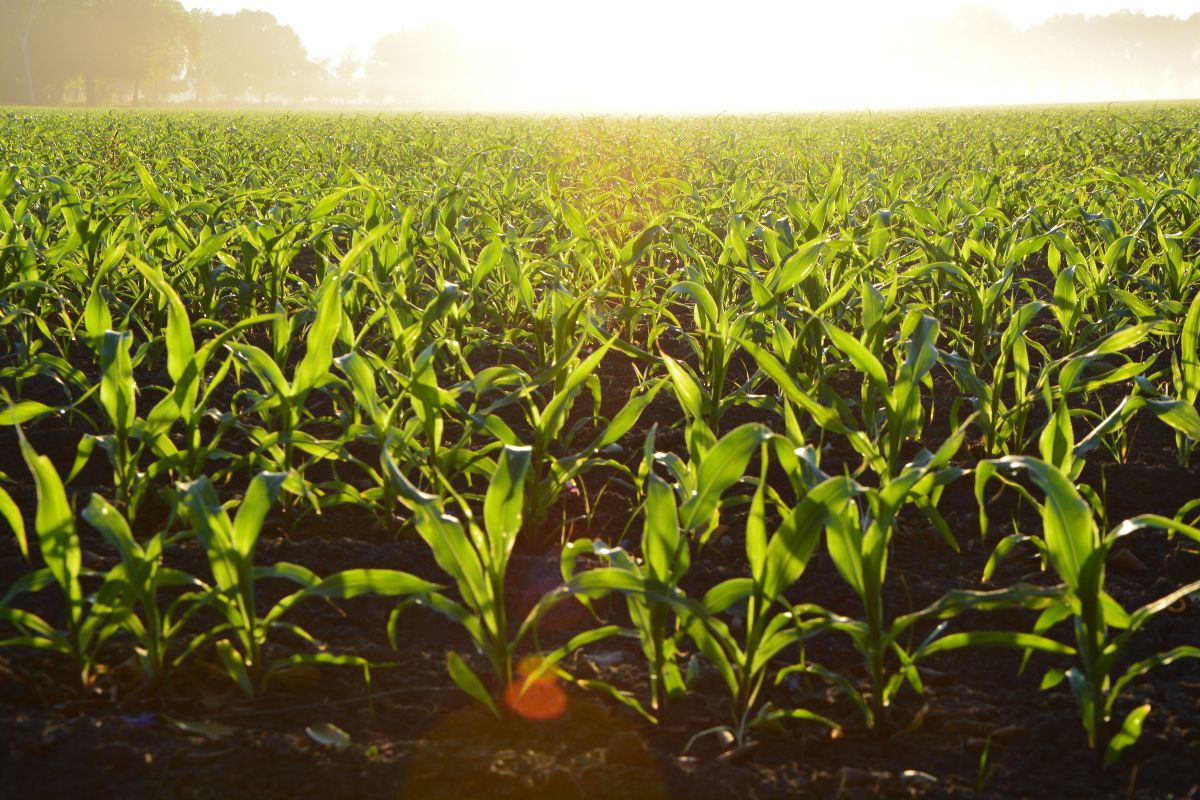Sugar cane is a tropical grass grown throughout the tropics and subtropics. Sugar cane is used to produce sugar, ethanol, and biofuel.
The demand for sugar cane has increased over the years due to its high yield and low cost.

Sugar production is a major source of income for farmers across the globe.
Sugar cane is cultivated in countries such as India, China, Brazil, Indonesia, Thailand, Philippines, Vietnam, Malaysia, Australia, and New Zealand.
The growing season for sugar cane usually starts from April to November. In some areas, it can be grown year-round.
A Guide To Growing Sugar Cane
Growing sugar cane requires a lot of knowledge, experience, and patience. It takes about 8 months before you will see any results from your efforts.
You need to know what varieties are best suited for your area, how much fertilizer to use, when to plant, how to prune, and more.
Here is a guide on how to grow and cultivate sugar cane effectively:
1. Choose A Variety That Suits Your Area
There are many types of sugarcane that grow well in different climates. However, there are only a few that grow well in all regions.
You should choose a variety that grows well in your region. This way, you will get the most out of your investment.
2. Planting Time And Location
You should start planting sugarcane seeds at least 4 weeks before the average last frost date.
If you live in an area where the temperature drops below freezing during winter, then you should wait until after the first hard freeze.
3. Fertilize
Fertilizing will help the plants to grow faster and give them better yields. There are two ways to fertilize: topdressing and side dressing.
Topdressing means applying fertilizer on top of the soil surface. Side dressing means applying fertilizer directly into the furrow.
Topdressing works better if you have a wide spacing between rows. Side dressing works better with narrow row spacing.
4. Pruning
Pruning is done to keep the plant healthy and reduce the number of suckers. Suckers are small shoots that sprout from the base of the stalk.
They take up space and compete with other plants for nutrients and water.
Prune off suckers once they reach 1/8th inch (0.32 cm) in diameter. You should prune back by one third or half of the stalk length.
5. Watering
Watering is important to help the roots absorb nutrients and moisture. Therefore, you should keep the soil evenly moist but not wet.
When the leaves begin to yellow, this indicates that the leaves are getting too dry.
6. Mulching
Mulch keeps weeds under control and prevents evaporation. It also improves air circulation around the root zone of your sugar cane.
7. Weeding
Weeds compete with crops for sunlight, water, and nutrients. Therefore, weed control is very significant because they can cause diseases and lower crop quality.
Weed control depends on the type of weed. For example, annual weeds die down each year while perennial weeds remain.
Some weeds will require special techniques to kill them.
8. Pest Control
Sugarcane pests include insects, mites, and nematodes. Insects damage the leaves, stems, and buds. Mites feed on the leaves and buds. Nematodes attack the roots.
Insects and mites are controlled using pesticides. These chemicals may harm humans and animals.
9. Harvesting
Harvesting is done manually or mechanically. Manual harvesting involves cutting stalks with a sickle or scythe. Mechanical harvesting uses machines called harvesters.
The size of your yield will determine the method of harvesting that you use.
10. Storing
Storing of sugar cane is normally done either in bulk or in bags. Bulk storage uses open-top containers such as bins or silos.
Bags can be made of plastic, polyethylene, or paper.
How Much Sugar Can I Get From One Sugarcane Field?
There are several factors that determine how much sugar you can get from a single field.
The amount of sugar you get depends on the size of the field, the variety of the sugarcane, the age of the cane, and the weather conditions.
The more land you use, the less sugar you will get per acre. A mature field has about 2 tons of sugar per acre. An immature field has only 0.1 ton of sugar per acre.
The size of the field affects the yield. Small fields produce less sugar than large ones. The variety of sugarcane can impact the yield too.
Hybrid varieties produce more sugar than non-hybrid varieties.
Weather conditions will also impact the yield. If it rains during harvest, the sugar content decreases.
How To Fertilize Sugar Cane Plants?
Fertilizing helps increase the growth rate of your sugarcane plants. You need to fertilize when the plants start growing. This is usually after 3 months of planting.
You should apply fertilizer according to the instructions on the label. Apply between 10% and 20% of the recommended dose.
Apply the fertilizer at least 6 inches away from the stem. Do not apply fertilizer near the crown of the plant.
How To Prepare Soil For Growing Sugarcane Plants?
Soil preparation is essential to grow healthy sugarcane plants. There are different ways to prepare soil for growing sugarcane.
You can dig up existing soil and mix it with sand or pea gravel. Or you can add organic matter like manure, compost, or leaf mold.
How To Harvest Sugar Cane Plants?
Harvesting sugarcane plants is an art. You have to know how to cut the stalk without damaging the leaves or the bud.
Cutting the stalk properly reduces the risk of getting injured by the sharp blades. You should aim to cut the stalk just above ground level.
Make sure that the blade does not touch the base of the stalk.
If you cut the stalk too high, the leaves will be damaged. If you cut the stalk too low, the entire stalk will fall off.
Make sure that the stalk is dry before cutting. Waterlogged stalks are difficult to handle. When you cut the stalk, you should also make sure that the blade is parallel to the ground.
This makes it easier to pull out the stalk.
When you harvest sugarcane, keep the leaves intact. They contain nutrients and help protect the plant against insects.
You can leave the leaves on the stalk if they do not interfere with harvesting. However, you may want to remove them later.
Conclusion
To conclude, you can grow sugar cane easily. It is easy to cultivate and requires little maintenance. However, there are some things you must consider before starting to grow sugar cane.
Firstly, you should choose a suitable location for your farm.
Secondly, ensure that the soil is well-prepared. Thirdly, you need to select a good variety of sugar cane.
Finally, follow the right method of cultivation and harvesting whilst paying attention to pests, weeds and diseases.
- Pull Sprouts: 1 Potato Peel, 200 Plants - July 7, 2022
- Creeping Thyme: Flowering Herb And Ground Cover - July 7, 2022
- East meets Midwest in the garden of Linda Brazill and Mark Golbach, Part 1 - July 7, 2022







